Laminectomy in Turkey: High Success, Low Cost
Are you considering a laminectomy to address your chronic back pain or spinal stenosis? It's a significant decision, and understanding the potential outcomes is crucial. Many individuals worldwide are now looking to countries like Turkey for their medical needs, drawn by the promise of high-quality care at a more accessible price point. When it comes to laminectomy in Turkey, the success rates are indeed impressive, often comparable to those found in Western countries. This comprehensive guide will delve into what makes Turkey a favorable destination for this procedure, answering common questions and providing detailed insights into the success rates, costs, recovery, and what to expect.
Laminectomy is a surgical procedure designed to relieve pressure on the spinal cord or nerves by removing a portion of the lamina, a part of the vertebra that covers the spinal canal. This decompression can significantly alleviate symptoms like pain, numbness, and weakness caused by conditions such as spinal stenosis or herniated discs. Turkey's medical tourism sector has grown remarkably, offering state-of-the-art facilities, experienced surgeons, and competitive pricing, making it a viable and attractive option for those seeking effective spine care.
What is the general success rate of laminectomy?
Laminectomy is a well-established surgical procedure for relieving pressure on the spinal cord or nerves. For conditions like lumbar spinal stenosis, success rates often fall within the 85% to 90% range, meaning a large majority of patients report a reduction in pain and an improvement in their ability to perform daily activities. About 75% of patients may experience long-term positive outcomes for up to 10 years, enjoying improved spine health and mobility.
However, it's important to note that success can vary based on individual factors such as the specific condition being treated, the severity of symptoms, the patient's overall health, and the surgeon's expertise. While most patients experience significant relief, a small percentage, around 10% to 15%, might require additional surgery due to persistent issues or new complications. Nevertheless, the procedure is widely considered effective in alleviating nerve compression and improving quality of life.
What is the success rate of laminectomy in Turkey?
Turkey has become a prominent destination for medical tourism, including spine surgeries like laminectomy. Turkish clinics, many of which are JCI-accredited (Joint Commission International), adhere to high international standards of quality and patient safety. This commitment to excellence, combined with highly skilled and experienced neurosurgeons, contributes to the impressive success rates observed for laminectomy in the country.
The use of innovative techniques, such as minimally invasive laminectomy, neuromonitoring, and advanced imaging technologies, further enhances precision and safety, leading to better patient outcomes. Patients choosing Turkey for their laminectomy can expect to receive care that is not only cost-effective but also of a high standard, with reported success rates consistently within the 85-90% range.
Why choose Turkey for laminectomy surgery?
Turkey offers a compelling combination of factors that make it an attractive option for laminectomy surgery:
- Accredited Clinics: Many hospitals in Turkey are accredited by international organizations like JCI, ensuring high-quality healthcare services and adherence to global safety standards.
- Experienced Medical Professionals: Turkish surgeons are often highly trained, with many having international experience and affiliations with professional organizations. They are proficient in the latest surgical techniques, including minimally invasive approaches.
- Cost-Effectiveness: The cost of laminectomy in Turkey is significantly lower than in many Western countries, often saving patients 50-70% on surgery and associated healthcare services without compromising on quality.
- Advanced Technology: Turkish medical facilities are equipped with state-of-the-art technology, including advanced imaging, navigation systems, and surgical tools that ensure precision and safety during complex spinal procedures.
- Comprehensive Patient Care: Many medical tourism agencies in Turkey offer all-inclusive packages that cover flights, luxurious accommodations, airport transfers, and post-operative care, ensuring a seamless and stress-free experience for patients.
- Cultural and Historical Experience: For those who wish to combine their medical journey with a unique travel experience, Turkey offers a rich cultural and historical backdrop, allowing patients to recover in a picturesque environment.
What is the typical cost of laminectomy in Turkey?
The cost of a laminectomy in Turkey is one of its most appealing aspects for international patients. While prices can vary based on the specific hospital, the surgeon's expertise, the complexity of the case, and whether other procedures (like spinal fusion) are performed concurrently, the general range is significantly more affordable than in countries like the US or UK.
Here's a general comparison:
This estimate usually includes the surgery itself, hospital fees, anesthesia, and basic post-operative care. Patients should also factor in costs for pre-operative tests (around $200-$500), post-operative rehabilitation (approximately $500-$1,500), medications, and travel/accommodation, though many packages bundle these.
How long does a laminectomy procedure take in Turkey?
The duration of a laminectomy surgery can vary. For a straightforward, single-level decompression, the surgery might take around 1 hour. However, if multiple levels of the spine are involved, or if the procedure is combined with other surgeries like spinal fusion, it can extend to 3 hours or more.
Following the surgery, patients typically stay in the hospital for 1 to 4 days. This allows medical staff to monitor their immediate recovery, manage pain, and ensure there are no immediate complications. The length of stay also depends on whether it's an open surgery or a minimally invasive procedure, with minimally invasive approaches often allowing for shorter hospital stays.
What is the recovery time for laminectomy in Turkey?
Recovery from a laminectomy is a gradual process that varies from person to person. The initial recovery period, where significant pain relief and improved mobility are usually experienced, typically spans 4 to 6 weeks. During this time, patients are advised to:
- Avoid bending, lifting, or twisting motions.
- Engage in light walking as encouraged by their medical team.
- Manage pain with prescribed medications.
- Maintain proper incision care to prevent infection.
For a full recovery, especially if physical therapy is involved, it can take a few months. If the laminectomy was performed with spinal fusion, the recovery period might be longer, potentially up to 6 months or more, as the bones need to fuse completely. Adhering to post-operative instructions and engaging in prescribed physical therapy are crucial for optimizing recovery outcomes.
What should I expect during the laminectomy consultation in Turkey?
The initial consultation for a laminectomy in Turkey is a critical step in determining the most appropriate course of treatment. Here's what you can generally expect:
- Medical History Review: The surgeon will go through your complete medical history, including any pre-existing conditions, medications you are currently taking, and previous treatments you've undergone for your spinal issues.
- Physical Examination: A comprehensive physical examination will be performed to assess your neurological function, range of motion, and pinpoint the source of your pain.
- Imaging Studies: You will likely undergo diagnostic imaging tests such as MRI (Magnetic Resonance Imaging) or CT (Computed Tomography) scans. These scans provide detailed images of your spine, helping the surgeon identify the exact location and extent of nerve compression or other abnormalities.
- Discussion of Diagnosis and Treatment Plan: The surgeon will explain your diagnosis in detail, outlining why a laminectomy is recommended, what the procedure involves, and what outcomes you can realistically expect. They will also discuss potential alternatives if applicable.
- Risks and Benefits: A thorough explanation of the potential risks and benefits of the surgery will be provided, allowing you to make an informed decision.
- Cost and Logistics: The clinic's patient coordinator or international patient department will discuss the overall cost of the procedure, payment options, and help with logistical arrangements such as accommodation and transfers.
It's important to ask any questions you have during this consultation to ensure you feel comfortable and well-informed before proceeding with the surgery.
What are the risks of laminectomy?
While laminectomy is generally safe and highly effective, like any surgical procedure, it carries certain risks. These risks are typically low, especially when performed by experienced surgeons in modern facilities, but it's important to be aware of them:
- Infection: As with any surgery, there's a risk of infection at the surgical site. This is often managed with antibiotics.
- Bleeding: Some bleeding is expected during surgery, but excessive bleeding can lead to complications.
- Nerve Damage: Though rare, there is a small risk of damage to the spinal cord or nerve roots, which can lead to new or worsened weakness, numbness, or even paralysis (in very severe cases).
- Dural Tear: The dura is the protective membrane surrounding the spinal cord. A tear in this membrane can occur, leading to a cerebrospinal fluid leak. This often heals on its own but may require further intervention.
- Spinal Instability: Removing a portion of the lamina can sometimes lead to spinal instability, especially if a large section is removed. In such cases, spinal fusion may be performed concurrently or later to stabilize the spine.
- Anesthesia Complications: Risks associated with general anesthesia include allergic reactions, breathing problems, or cardiovascular issues, although these are closely monitored.
- Persistent Pain: In some cases, patients may experience continued pain or only partial relief of symptoms after surgery.
- Blood Clots: There's a risk of blood clots forming in the legs (deep vein thrombosis) or, rarely, traveling to the lungs (pulmonary embolism).
Your surgeon will discuss these risks with you and take precautions to minimize them.
How does laminectomy compare to spinal fusion in Turkey?
Laminectomy and spinal fusion are two distinct spinal surgeries, sometimes performed together, but with different primary goals and outcomes:
- Laminectomy:
- Purpose: The main goal is decompression—relieving pressure on the spinal cord or nerves by removing part of the lamina. It's often used for conditions like spinal stenosis or herniated discs that cause nerve compression.
- Motion Preservation: A laminectomy typically preserves the motion at the surgical site, as it focuses on removing obstructive bone or tissue.
- Recovery: Generally has a faster recovery time compared to spinal fusion.
- Spinal Fusion:
- Purpose: The primary goal is to stabilize the spine by permanently joining two or more vertebrae. This is often recommended for spinal instability caused by conditions like degenerative disc disease, spondylolisthesis, or severe scoliosis.
- Motion Elimination: Fusion eliminates motion at the fused segments, which can reduce pain caused by unstable vertebrae, but also reduces flexibility in that specific area.
- Recovery: Involves a longer and more restrictive recovery period as the bones need to fuse together, often requiring external bracing and extensive physical therapy.
Turkish surgeons are highly skilled in both procedures. The decision between laminectomy alone, spinal fusion, or a combined approach will depend entirely on your specific spinal condition, the severity of your symptoms, and the surgeon's assessment.
What is minimally invasive laminectomy?
Traditional "open" laminectomy involves a larger incision and moving muscles aside to access the spine. Minimally invasive laminectomy (MIL) is a modern approach that aims to achieve the same decompression with less disruption to surrounding tissues. Here's how it generally works:
- Smaller Incisions: Instead of a large cut, several small incisions are made.
- Specialized Tools: Surgeons use specialized instruments, such as tubular retractors, endoscopes, or surgical microscopes, to access the spine through these small openings.
- Reduced Tissue Damage: Muscles are typically dilated rather than cut or stripped from the bone, leading to less muscle damage and blood loss.
The benefits of a minimally invasive laminectomy include:
- Less post-operative pain
- Reduced blood loss
- Smaller scars
- Shorter hospital stay (sometimes even outpatient)
- Faster recovery and return to normal activities
Many advanced clinics in Turkey offer minimally invasive laminectomy, leveraging their expertise and cutting-edge technology to provide these benefits to patients.
Which conditions are treated by laminectomy?
Laminectomy is typically performed to relieve pressure on the spinal cord or nerve roots when other non-surgical treatments have failed. The most common conditions it addresses include:
- Spinal Stenosis: This is the most frequent indication for laminectomy. Spinal stenosis involves the narrowing of the spinal canal, often due to age-related degeneration, bone spurs, or thickened ligaments. This narrowing can compress the spinal cord and nerves, causing pain, numbness, tingling, and weakness in the legs (neurogenic claudication) or arms.
- Herniated Discs: When the soft cushioning discs between vertebrae bulge or rupture, they can press on nearby nerves. If non-surgical methods don't provide relief, a laminectomy (often combined with a discectomy, which is the removal of the herniated disc material) can decompress the nerve.
- Spinal Tumors: Tumors that grow within or near the spinal canal can cause compression. A laminectomy may be performed to remove the tumor and relieve pressure on the spinal cord or nerves.
- Spinal Trauma or Injuries: In some cases of spinal trauma, bone fragments or other debris may compress the spinal cord, and a laminectomy can be used to remove these obstructions.
The decision to perform a laminectomy is made after a thorough evaluation of the patient's symptoms, medical history, and diagnostic imaging results.
What are the post-operative care and rehabilitation after laminectomy in Turkey?
Post-operative care is crucial for a successful recovery after a laminectomy. In Turkey, clinics typically provide comprehensive guidelines and support for patients:
- Hospital Stay: As mentioned, you'll likely stay in the hospital for 1-4 days for initial monitoring and pain management.
- Pain Management: Medications will be provided to control pain and discomfort. This may start with intravenous (IV) pain relief and transition to oral medications.
- Early Mobilization: Patients are usually encouraged to get out of bed and walk short distances soon after surgery (within 24 hours), which helps prevent complications like blood clots and aids circulation.
- Wound Care: Instructions will be given on how to care for your incision site to prevent infection. You'll be advised to avoid bathing or swimming until the incision is fully healed.
- Activity Restrictions: You'll be given clear instructions on activities to avoid, such as bending, twisting, heavy lifting, and strenuous exercise, for several weeks.
- Physical Therapy: A personalized physical therapy program is often recommended or even started during your hospital stay. This will include exercises to strengthen your core and back muscles, improve flexibility, and gradually restore normal movement. Adhering to this program is vital for long-term success.
- Follow-up Appointments: Regular follow-up appointments with your surgeon will be scheduled to monitor your progress and address any concerns.
Turkish clinics often coordinate these aspects, especially for international patients, ensuring a smooth transition from surgery to rehabilitation and recovery.
For more information on laminectomy procedures, recovery, and to explore your options for high-quality, affordable care, consider reaching out to PlacidWay. PlacidWay can connect you with top medical facilities and experienced specialists in Turkey, helping you navigate your medical tourism journey with confidence.

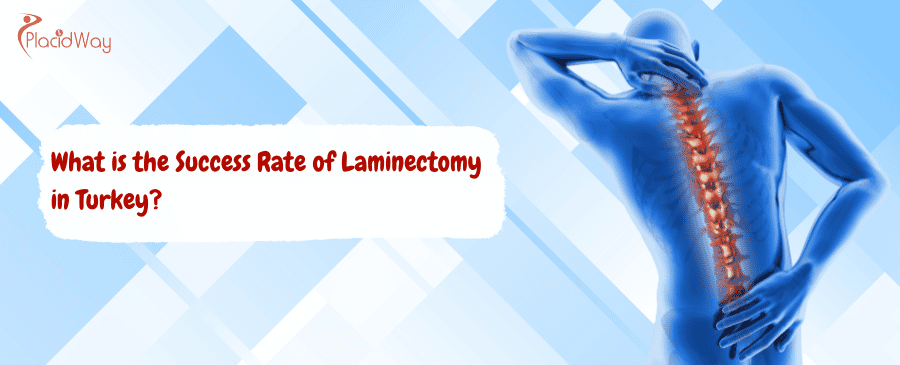

.png)
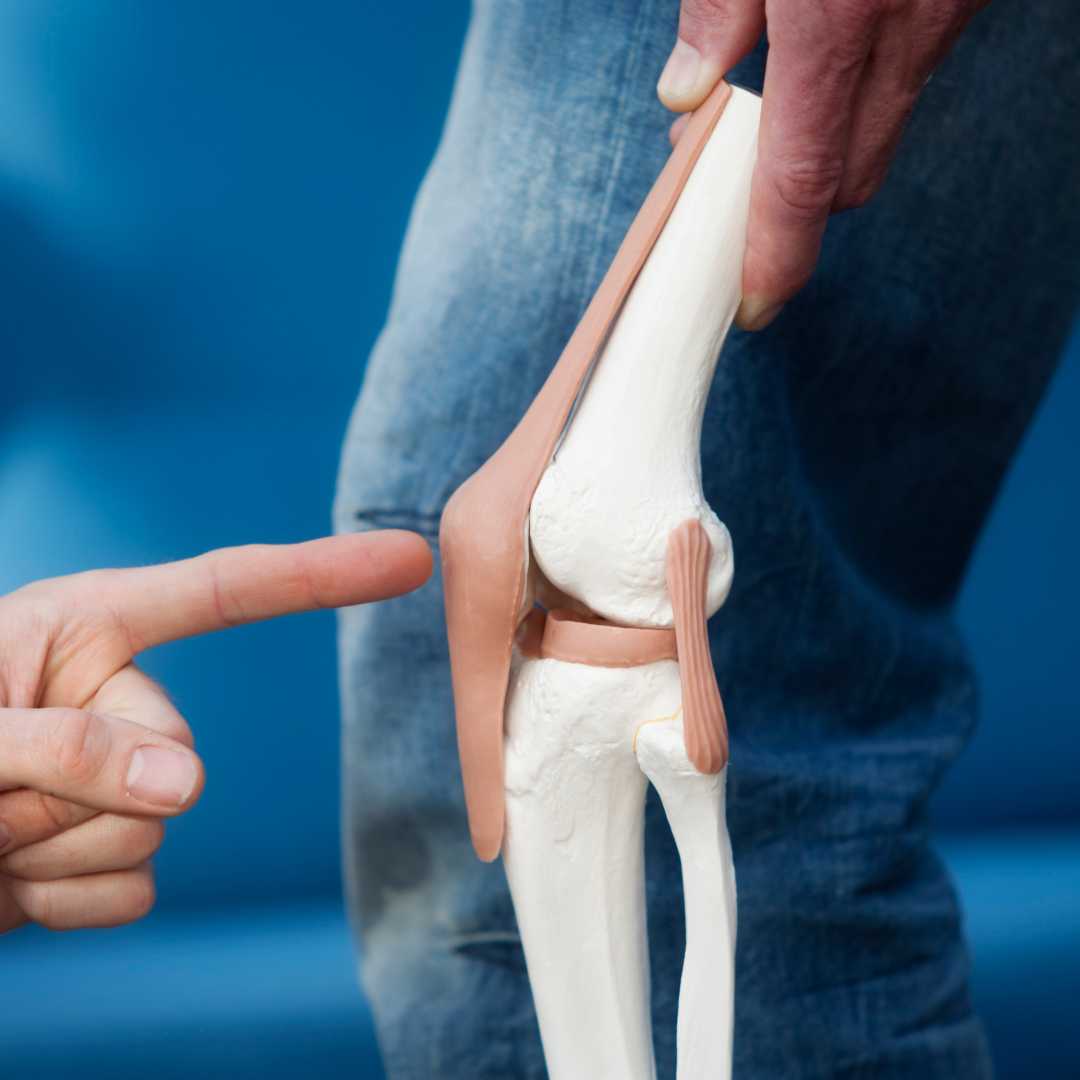
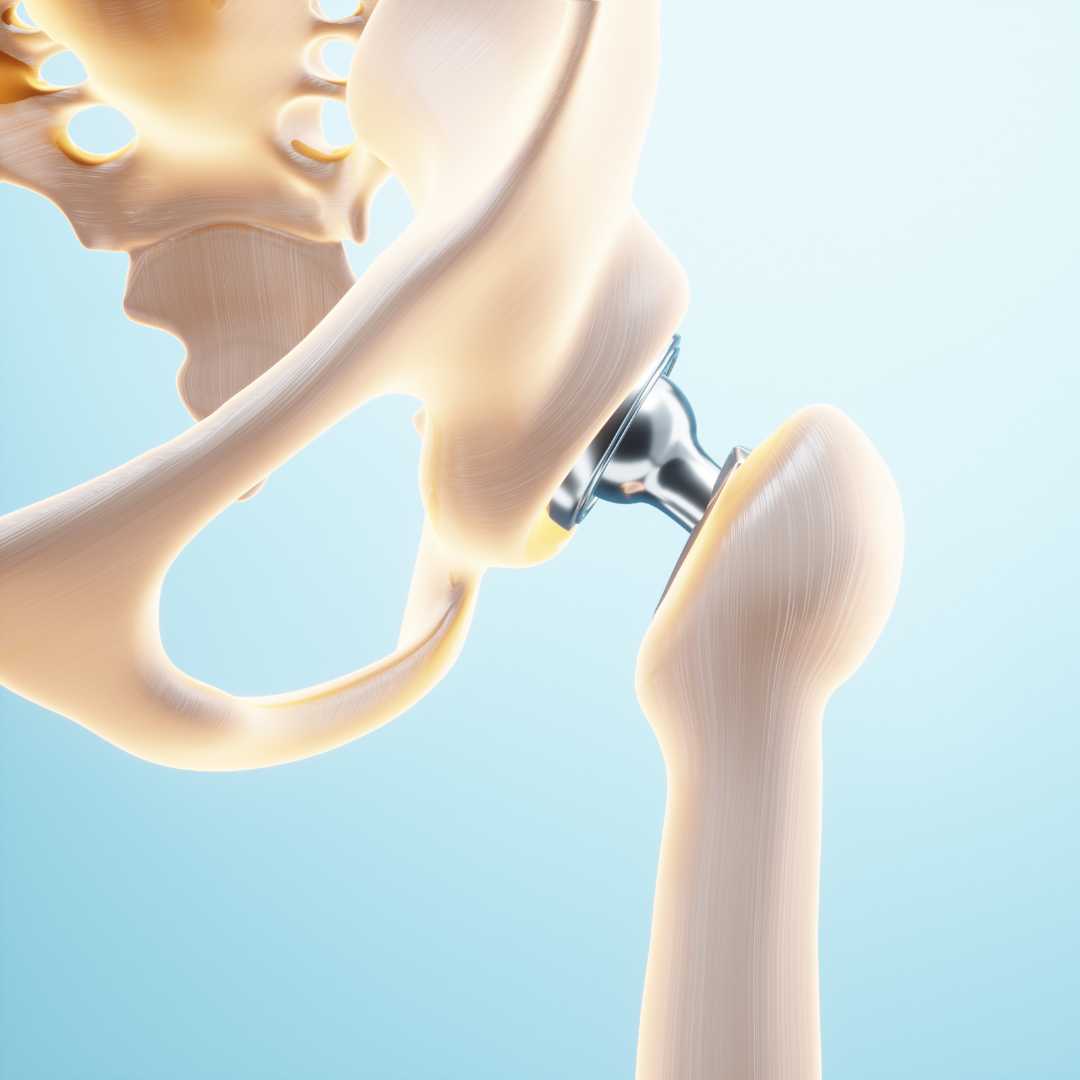
-Treatment-Package-in-Izmir,-Turkey.png)
.png)

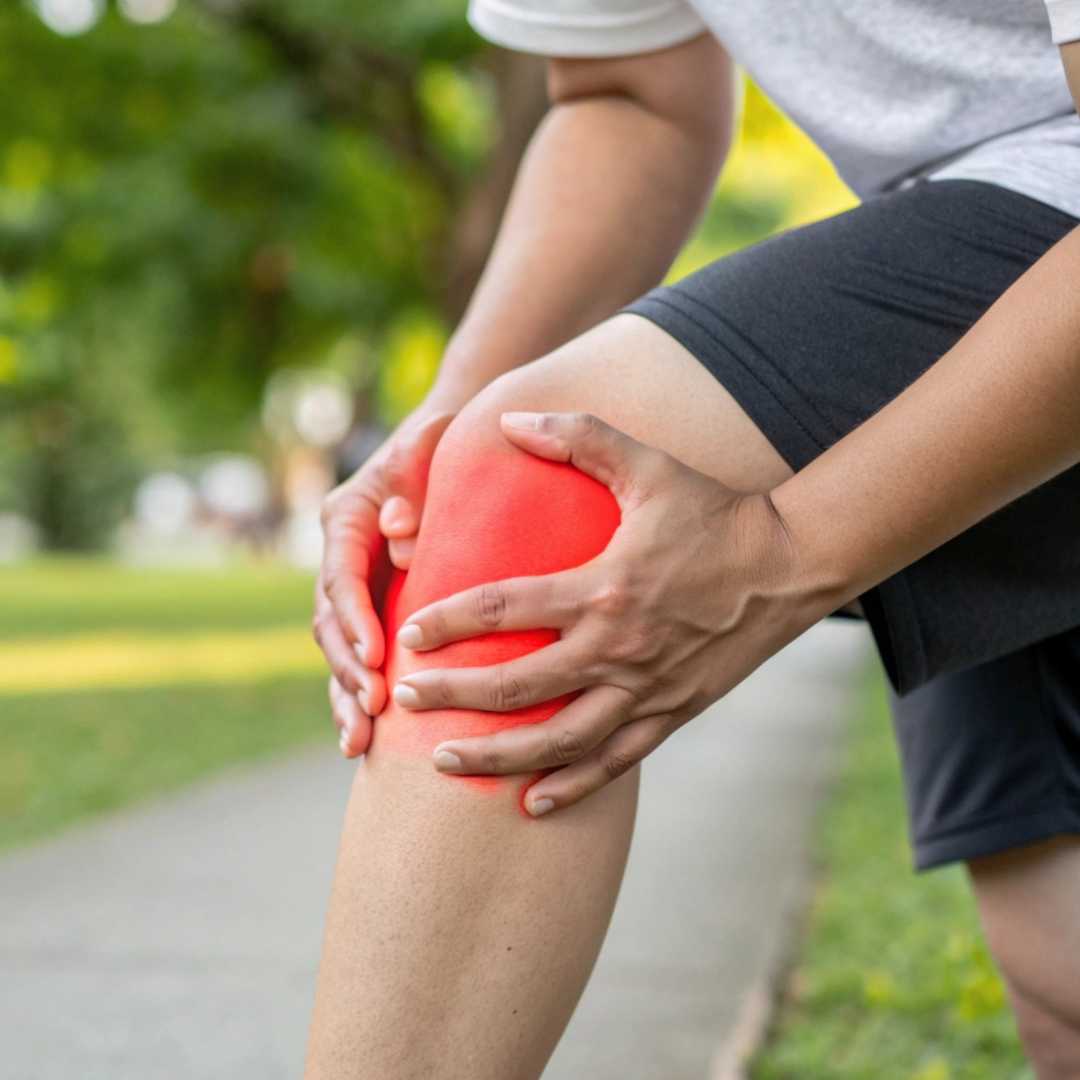



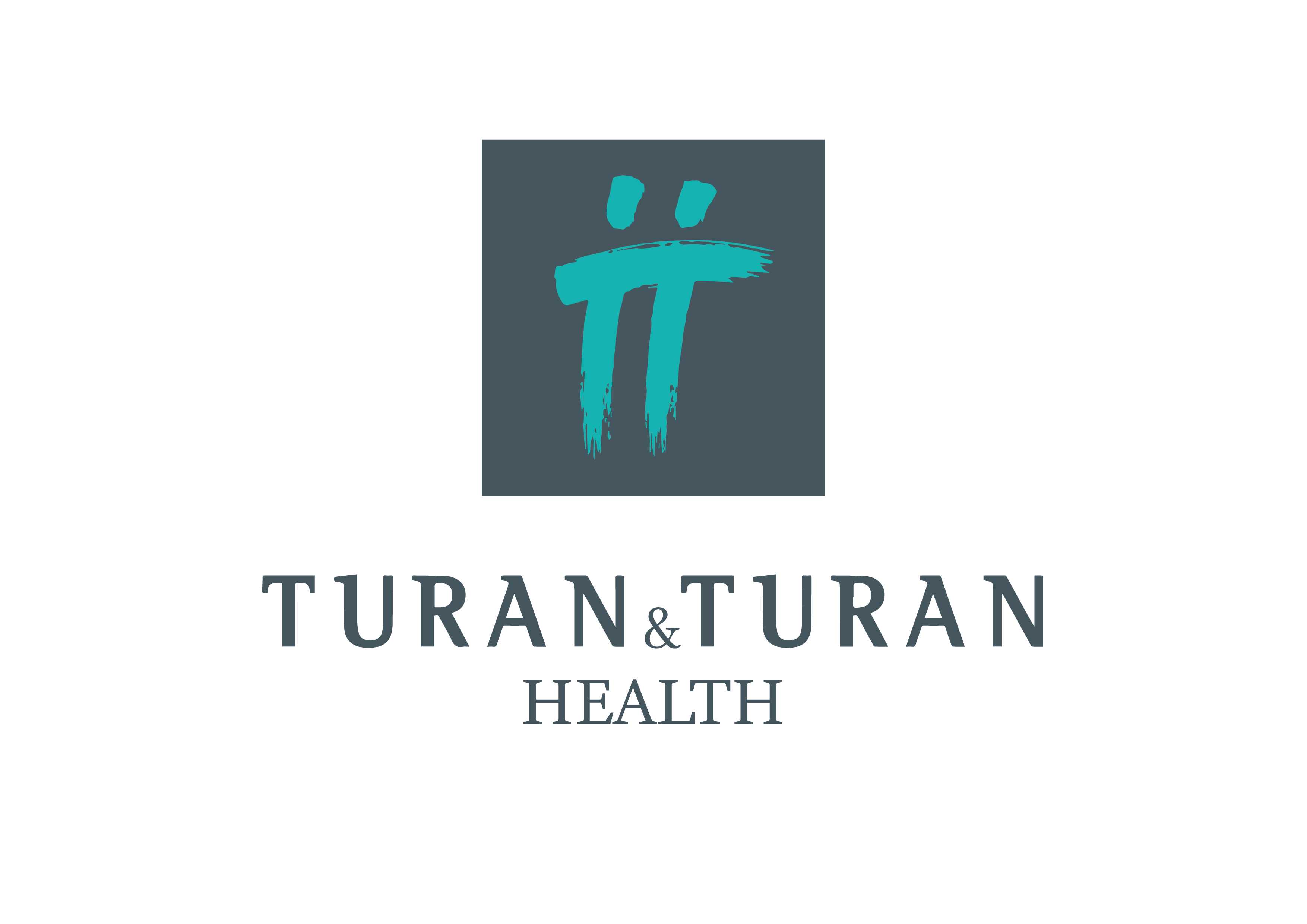
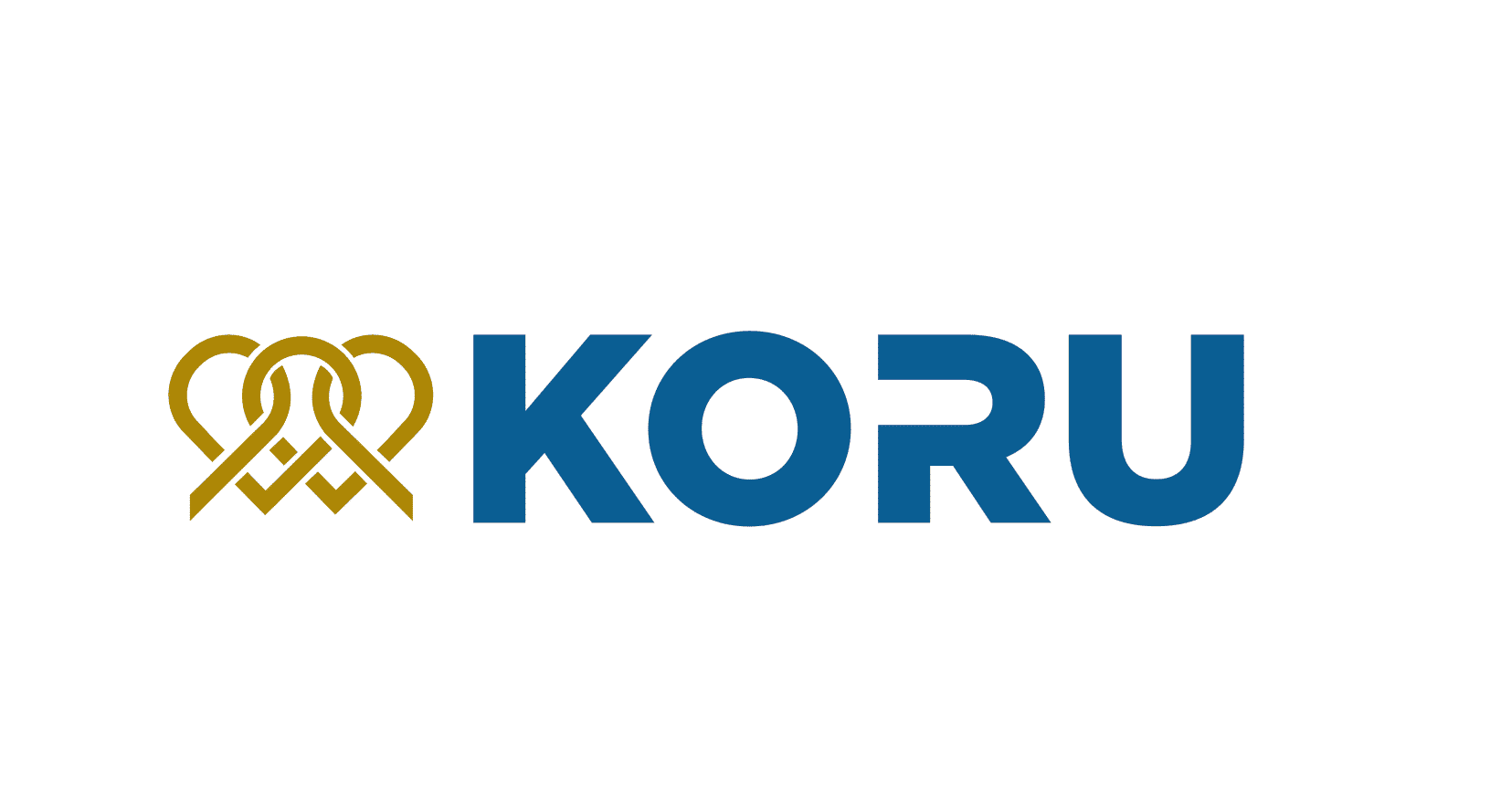



Share this listing